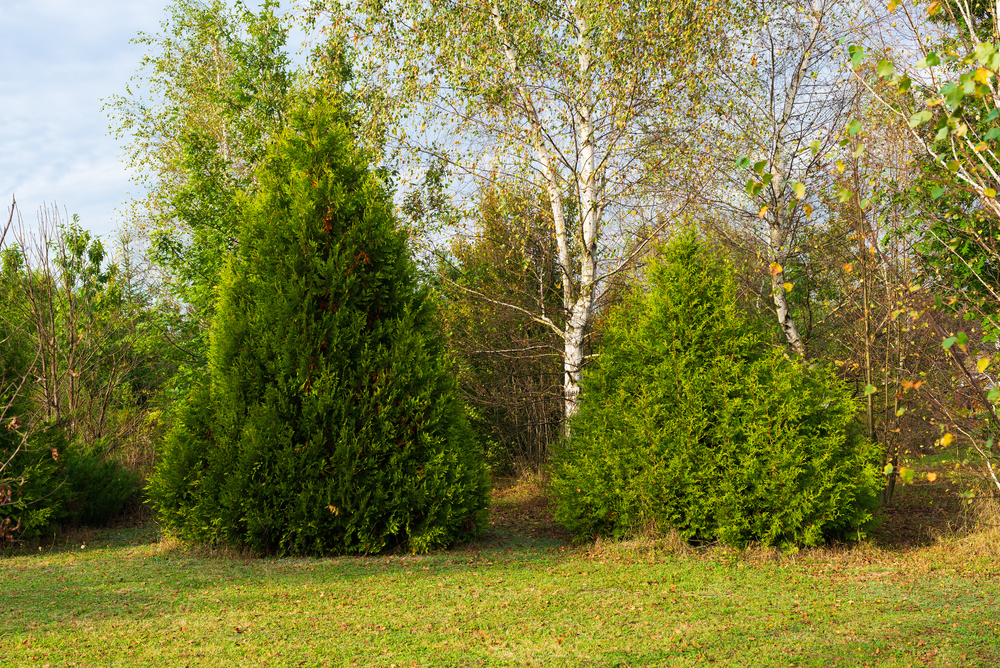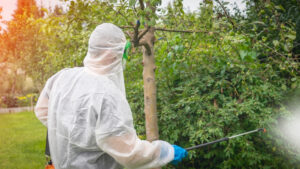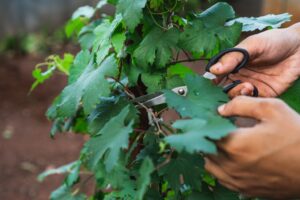The Ultimate Guide to Maintaining Healthy Trees: Expert Tips and Tricks
Trees are a vital part of any landscape. They add beauty, provide shade, and support wildlife. To keep them in top shape, regular maintenance is essential. This guide will walk you through everything you need to know to ensure your trees remain healthy and vibrant.
Importance of Maintaining Healthy Trees
Benefits of Trees
Trees offer a multitude of benefits. First and foremost, they enhance the visual appeal of your property. Their presence creates a pleasing, natural aesthetic that is hard to beat. Additionally, trees provide shade, which can significantly lower cooling costs in the summer. They also improve air quality by absorbing carbon dioxide and releasing oxygen. Moreover, trees contribute to biodiversity. They offer habitat and food for various wildlife species. Birds, insects, and small mammals rely on trees for shelter and sustenance. Thus, maintaining healthy trees supports the broader ecosystem.
Cost Savings
Healthy trees can also lead to financial savings. Well-maintained trees increase property value, making your home more attractive to potential buyers. Properly placed trees can reduce energy costs by providing shade and windbreaks. This can translate into lower utility bills, especially in extreme weather conditions. In contrast, neglected trees may lead to costly repairs. Dead or diseased trees can pose safety risks, potentially causing damage to property or people. By investing in regular care, you can avoid these expensive problems.

Common Tree Problems
Insects and Diseases: Insects and diseases are major threats to tree health. Common pests include aphids, spider mites, and borers. These pests can weaken trees by feeding on their sap or wood. Diseases like oak wilt and Dutch elm disease can spread rapidly and devastate entire tree populations.
To manage these issues, it’s crucial to identify problems early. Regular inspections can help spot signs of infestation or illness before they become severe. Implementing treatments like insecticidal sprays or fungicides can control and mitigate these problems effectively.
Environmental Factors: Trees are also affected by their environment. Extreme weather conditions such as droughts, heavy rains, and strong winds can stress trees. For example, prolonged drought can lead to weakened root systems and increased susceptibility to pests.
To counteract these effects, consider adjusting your care practices according to the weather. During dry periods, increase watering, and ensure proper drainage to prevent waterlogging. In windy areas, staking young trees can provide additional support.
Human Factors: Human activities can inadvertently harm trees. Improper planting, construction work, and landscaping can damage roots and trunks. For instance, compacting soil around tree roots can restrict water and nutrient absorption, leading to poor health.
Being mindful of how you interact with trees is important. Avoid using lawnmowers or string trimmers near tree bases. When planning construction projects, ensure that tree root zones are protected.
Tips for Maintaining Healthy Trees
Regular Watering and Fertilizing: Trees need adequate water to thrive. Deep watering is essential, especially during dry spells. Watering should penetrate several inches into the soil to reach the root zone. Mulching around the base of the tree helps retain moisture and reduce competition from grass and weeds.
Fertilizing is another key aspect of tree care. Trees benefit from a balanced fertilizer that provides essential nutrients. Application should follow the recommended guidelines based on tree type and soil conditions. Over-fertilizing can be harmful, so always adhere to suggested rates.
Pruning and Trimming: Pruning and trimming help maintain tree shape and health. Removing dead or diseased branches prevents the spread of problems and improves air circulation. Regular trimming encourages strong growth and can enhance the overall appearance of the tree.
The best time for pruning depends on the tree species. Generally, late winter or early spring is ideal for most trees. Avoid heavy pruning during the growing season, as it can stress the tree. Always use clean, sharp tools to make precise cuts and minimize damage.
Mulching: Mulching benefits trees in multiple ways. It helps retain soil moisture, suppress weeds, and regulate soil temperature. Organic mulch, like wood chips or bark, also improves soil structure as it decomposes.
Apply mulch in a layer about 2-4 inches thick around the tree base, but keep it away from the trunk to avoid moisture buildup and potential rot. Ensure that the mulch extends out to the drip line of the tree, where the roots are most active.
Prevention and Control of Pests and Diseases: Preventing pests and diseases is crucial for tree health. Regular inspections can help detect early signs of trouble. Use integrated pest management (IPM) strategies, which combine cultural, biological, and chemical methods to control pests effectively.
For diseases, ensure proper tree spacing and air circulation to reduce humidity levels around the canopy. Infected trees should be treated promptly with appropriate fungicides or bactericides. Consult with an arborist for severe cases to determine the best course of action.
Protection from Environmental Factors: Trees need protection from environmental stressors. During extreme weather events, such as storms or heatwaves, take steps to shield your trees. Staking young trees can prevent wind damage, while watering deeply during heatwaves helps them cope with high temperatures.
In addition, protect trees from physical damage caused by lawn equipment, construction activities, or animal browsing. Installing tree guards or protective fencing can safeguard young trees from these potential threats.

Common Mistakes to Avoid
Maintaining healthy trees requires avoiding common mistakes. One frequent error is improper watering. Overwatering can be as harmful as underwatering, leading to root rot or other issues. Ensure that water is applied appropriately based on the tree’s needs and soil conditions.
Another mistake is neglecting tree pruning. Failure to remove dead or diseased branches can result in more significant problems down the line. Prune regularly and avoid drastic cuts that can stress the tree.
Additionally, using too much fertilizer can harm trees. Follow recommended guidelines and avoid excessive application, which can lead to nutrient imbalances and environmental pollution.
Finally, ignoring signs of trouble is a major oversight. Regular monitoring is essential to catch problems early. Look for changes in leaf color, growth patterns, or signs of pests and diseases.
Conclusion
Maintaining healthy trees requires ongoing care and attention. By following these expert tips and tricks, you can ensure your trees remain robust and vibrant. Regular watering, fertilizing, pruning, and pest management are all essential practices.
Remember, healthy trees enhance the beauty of your property and contribute to a healthier environment. Stay vigilant for signs of trouble and address issues promptly. With proper care, your trees will thrive for years to come, providing lasting benefits and enjoyment.
Tree Trimming Richmond
(804) 533-3943
https://treetrimmingrichmond.com/


